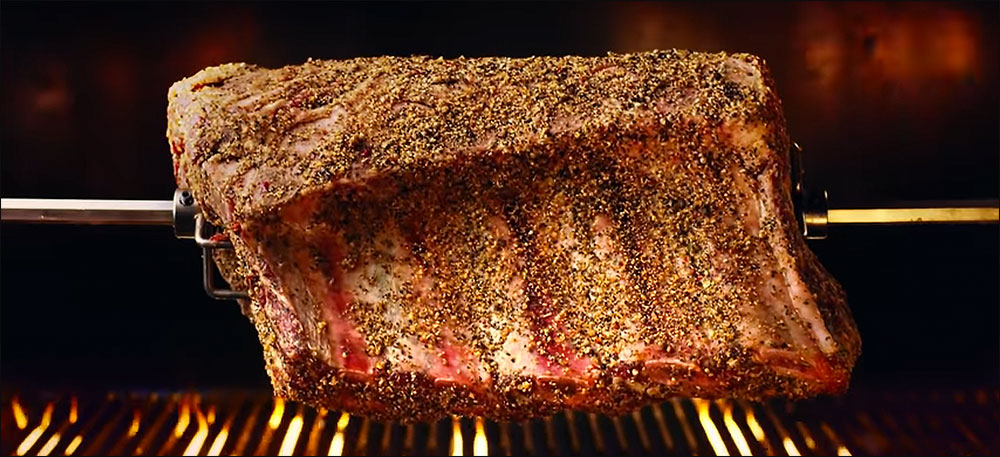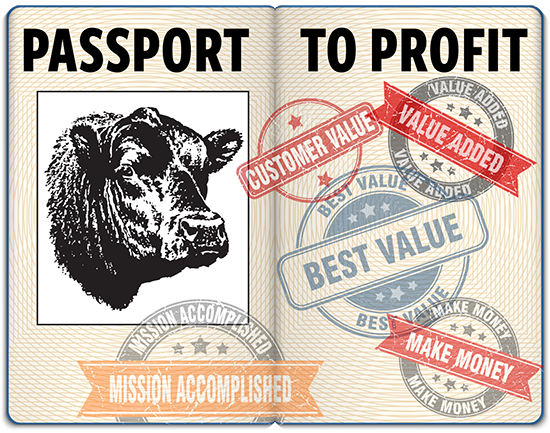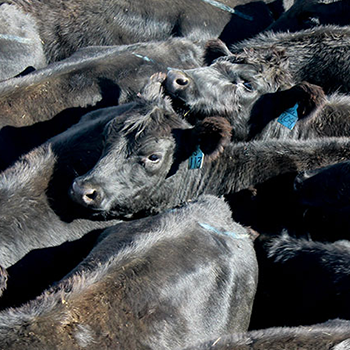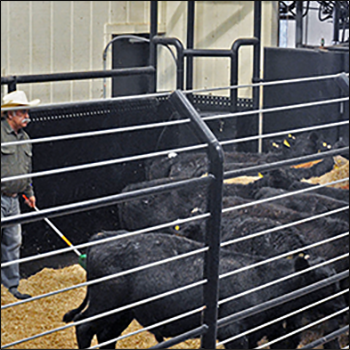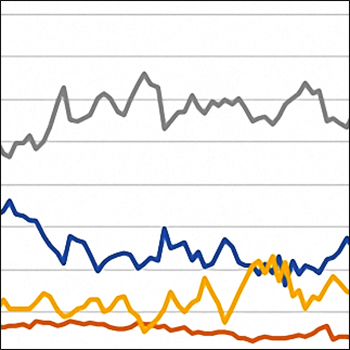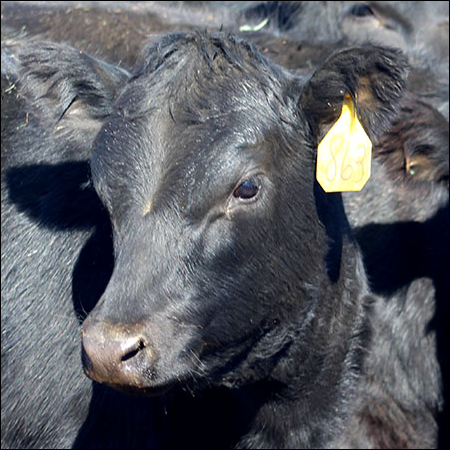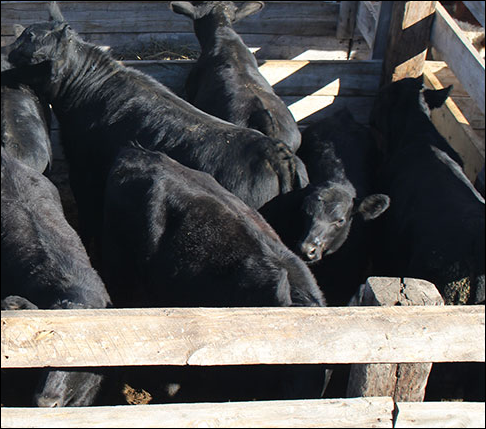Beef. It’s What’s For Dinner. Returns to Broadcast
A Beef Checkoff contractor is getting Beef. It’s What’s For Dinner. back on broadcast television during The Hallmark Channel’s “Countdown to Christmas.”
With the holidays looking a little different this year, the National Cattlemen’s Beef Association, a contractor to the Beef Checkoff, is ensuring one thing remains the same — Beef. It’s What’s For Holiday Dinner. To remind consumers across the country that beef is the only protein they want to feed their families this holiday season, the popular advertising campaign will return to broadcast television. For the first time since 2003, Beef Checkoff-funded advertisements and the iconic Beef. It’s What’s For Dinner. brand will be on television, airing a limited number of ads during the Hallmark Channel’s “Countdown to Christmas” movies.
